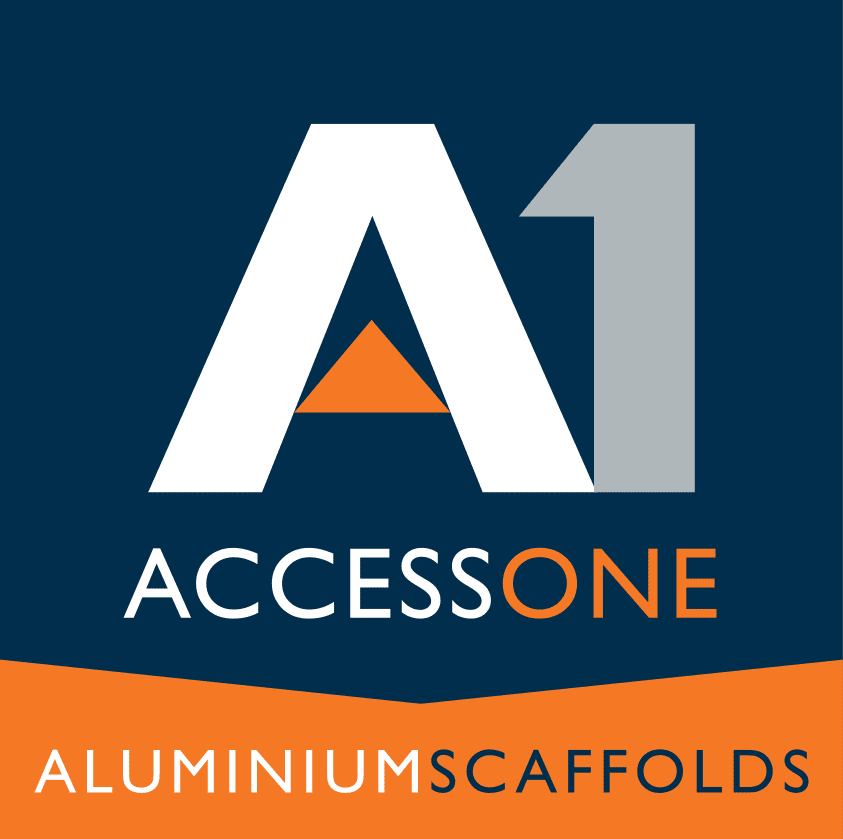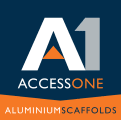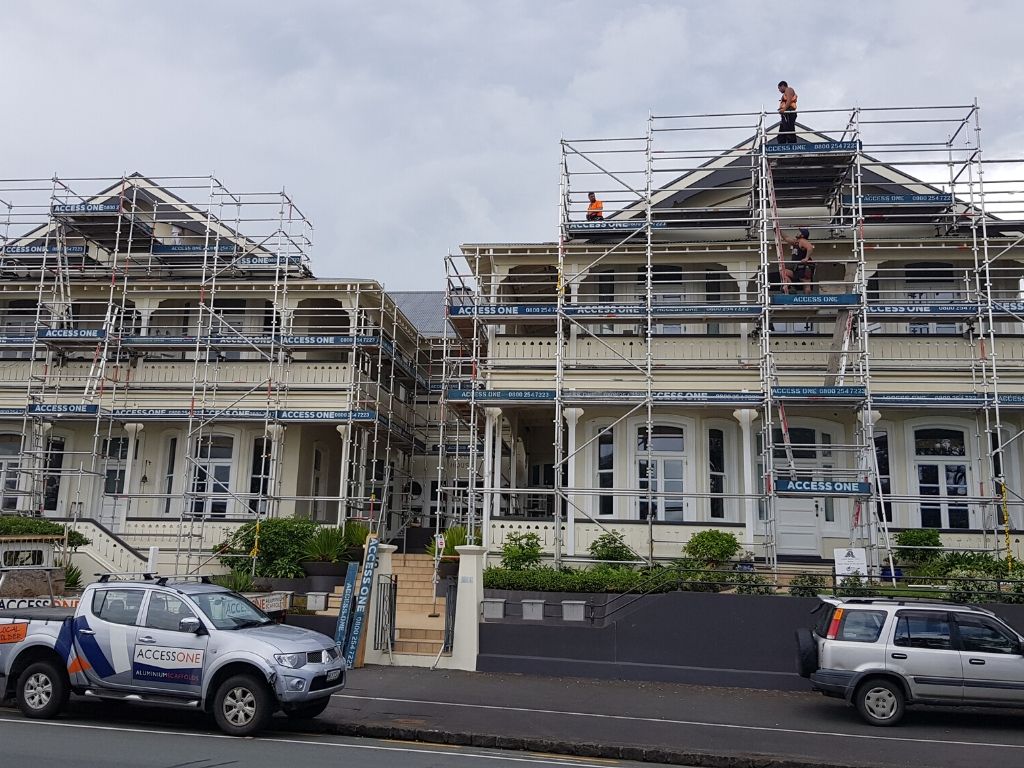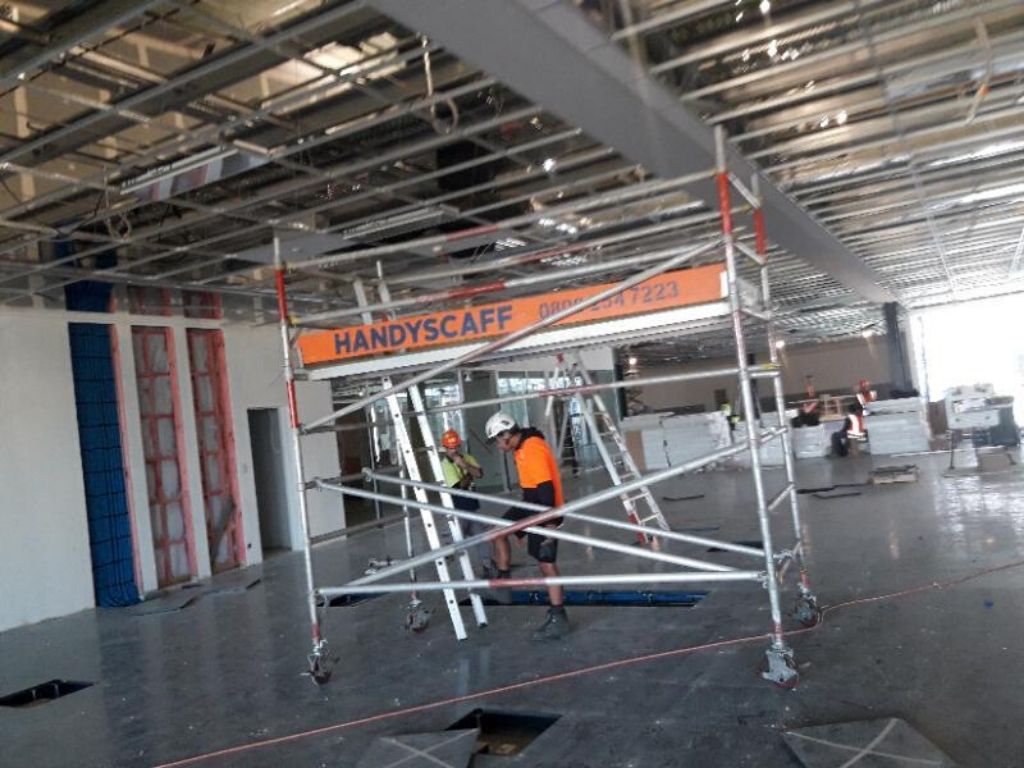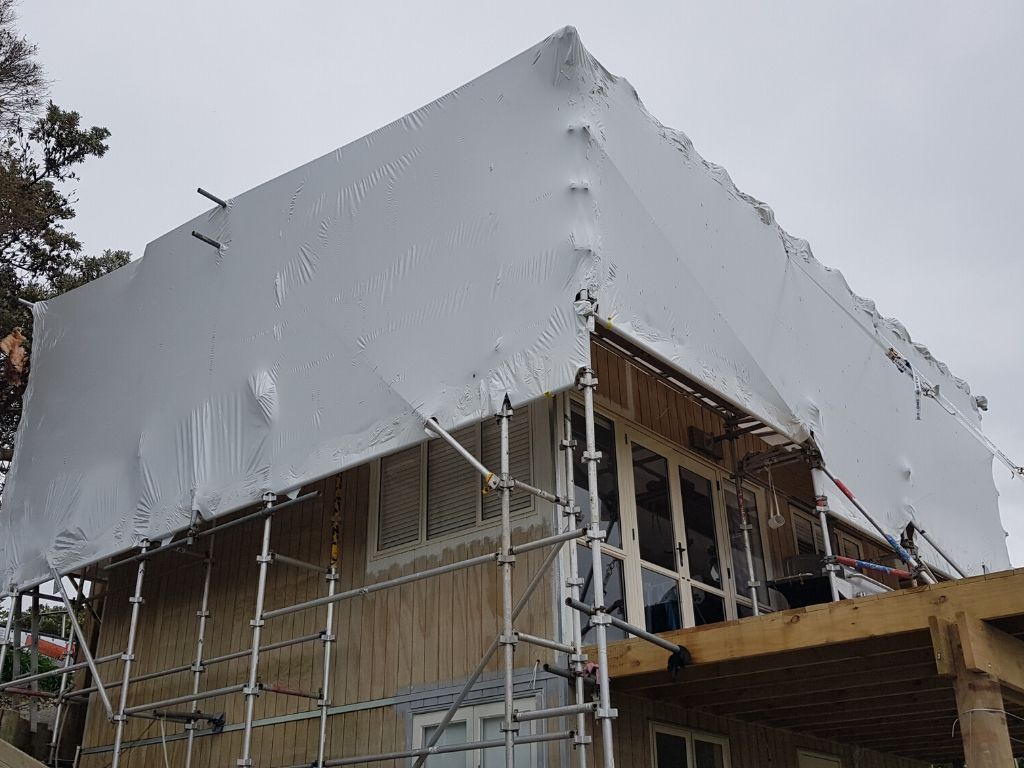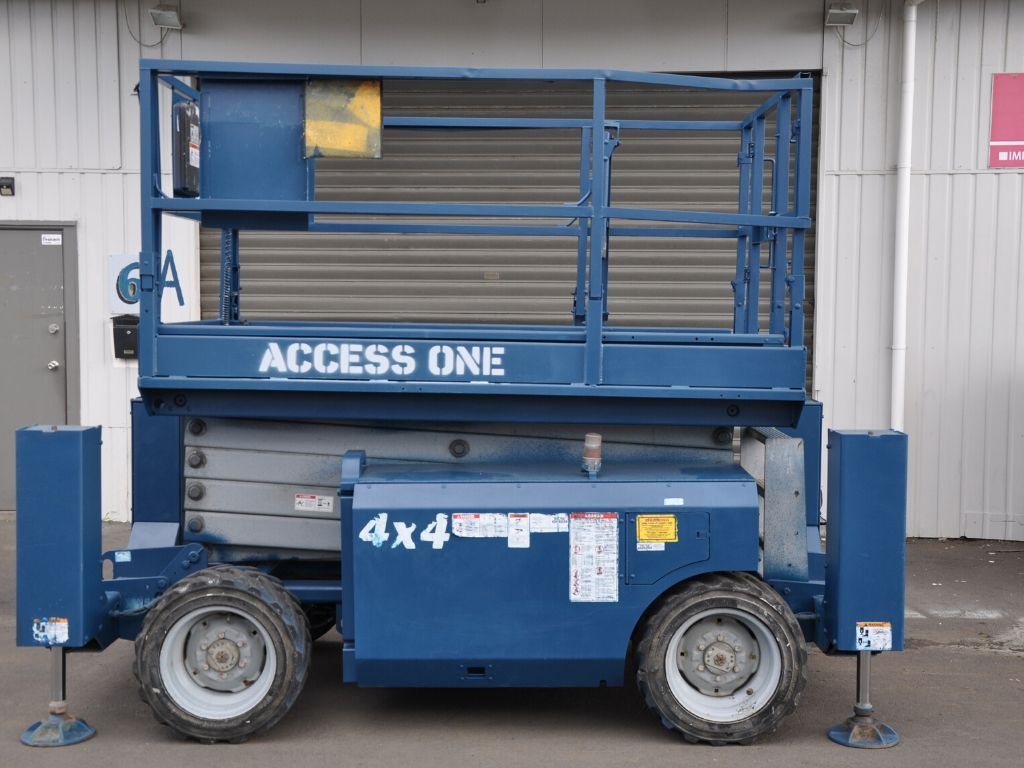Answers to some of your questions about scaffolding
Rome wasn’t built in a day. No one knows how long it took, but one thing is sure, it required a lot of scaffolding. Scaffolding is to thank for the many engineering feats we enjoy — megastructures like dams and even inspiring monuments. None of it would be possible save for a small start with a humble set of scaffolding.
Join us as we answer a few common questions about the tech that has supported humankind (literally) for centuries.
READ: A brief history of scaffolding
What is Scaffolding?
Scaffolding is a temporary structure raised to support workers and larger structures. You’ve certainly seen it if you’ve been to any city or town.
Scaffolding can support a structure by holding it in place until workers can secure it, so it stands on its own. It’s used to build and repair and sometimes clean large structures, even ships in a dry dock. Once the work is done, the scaffolding can be disassembled or rolled away, depending on the type.
What Are the Three Main Types of Scaffolding?
There are many types of scaffolding, but three types are most used—supported, mobile, and suspended.
Supported
Supported is the most common type and usually what people envision when they think of scaffolding. It most commonly looks like a collection of poles arranged vertically and horizontally, forming a sort of cage. Boards are placed across the scaffolding to make floors for workers to stand on.
It’s made up of pieces that can be taken apart, moved to different sites on the back of a large vehicle, or neatly stored. It can be used for building, repairs, cleaning, and even as a temporary structure at events to mount cameras, lights, and speakers.

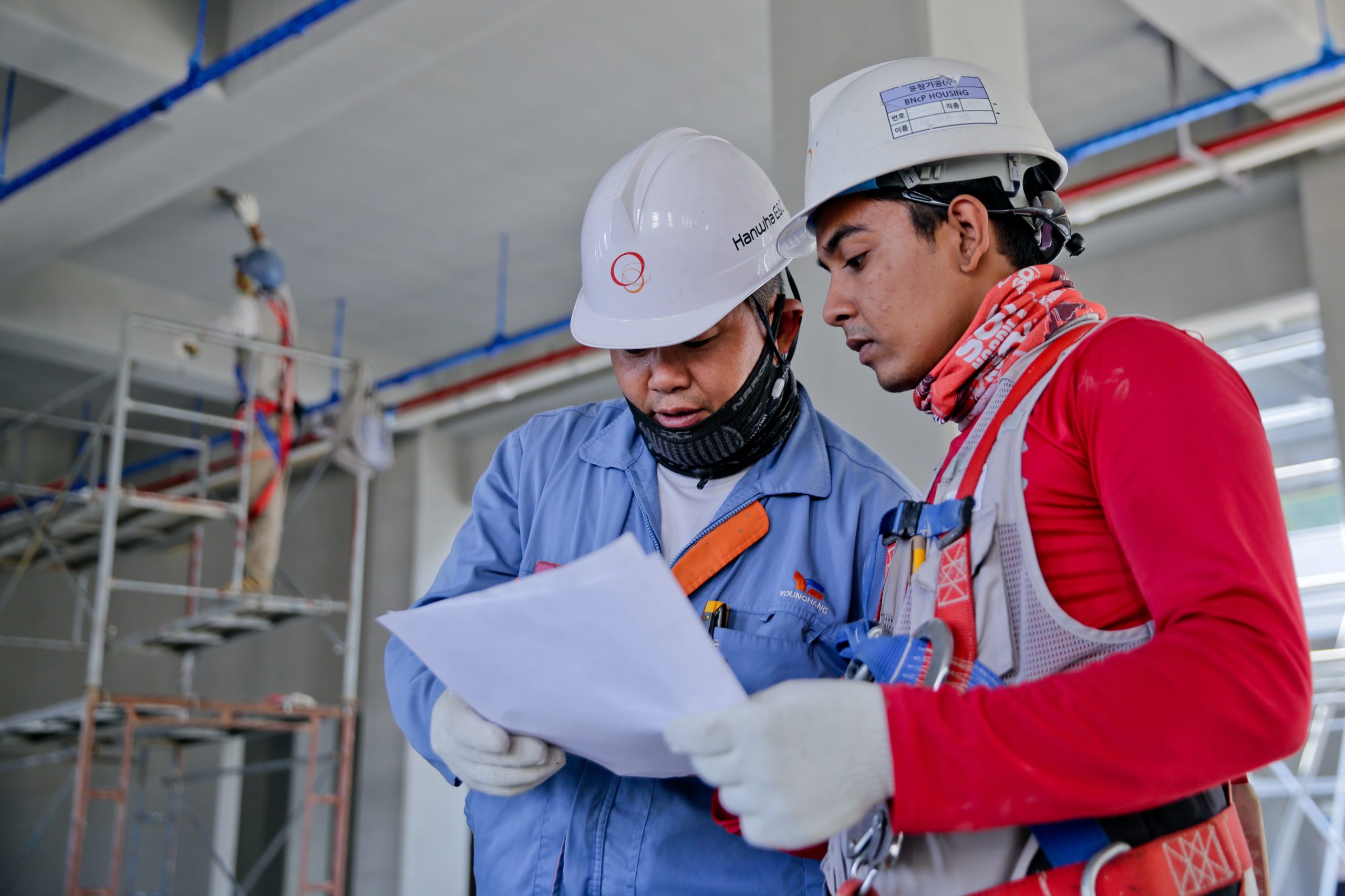
Mobile
Mobile scaffolding is smaller than the supported variety and can’t be disassembled. It’s usually only a floor or two high and on wheels. This makes it easy to move around a worksite quickly.
It’s generally used for minor repairs, painting, and cleaning. Care should be taken to secure it, so it doesn’t roll away with workers on it, causing injures and damage.
Suspend
This type of scaffolding is used for work in high places like the top of buildings or towers. It’s most often used for cleaning windows on skyscrapers, cleaning or fixing the sides of large ships, and for other minor repairs.
It’s suspended from cables and can be used to reach multiple floors. For this reason, regular inspections of the cables and motor mechanism will help mitigate accidents.
How is scaffolding done?
It depends on the type, but the basics are the same. The place where the scaffolding will be installed must be checked for any instabilities. The area must also be cleared of any hazards, and proper safety signage must be put up to warn workers and bystanders that the scaffolding is present, and workers are overhead.
Regular inspection of the scaffolding and the surrounding area must be done. The scaffolding must be kept free of debris that can fall on those below or trip workers (causing them to fall). Its base or anchor points must also be secured and checked regularly.
Workers must always be informed on proper safety and wear safety equipment. Harnesses must be worn at heights. Helmets, gloves, and boots must always be worn, including by those below.
Lastly, care must be taken to avoid any unsafe wiring meeting the scaffolding. Scaffolding is usually metal and, therefore, conductive. Unmanaged electrical currents can electrocute workers.
There’s scaffolding for any need, but always remember, each has unique safety needs.
Access One Scaffolding can help you plan the right scaffolding solution. Call us today.
More from Access One
Fixed Aluminium Scaffolding
Lightweight, aluminium scaffolding made in New Zealand. Designed for the larger projects, our qualified team is here to help.
Handy Scaff - Mobile Scaffolds
Lightweight, easy to erect, mobile aluminium scaffolding towers, perfect for the DIYer. Check out our Handy Scaff Towers.
Shrink Wrap
Whether it's a roof, full house, boat or factory call us today to discuss your shrink wrap requirements and let us help organise the right solution for you.
Machine Hire
Electric Scissor Hoists and Rough Terrain Machines, Boom Lifts and Trailer mounted Cherry Pickers. We have a solution for you.
Contact Us
